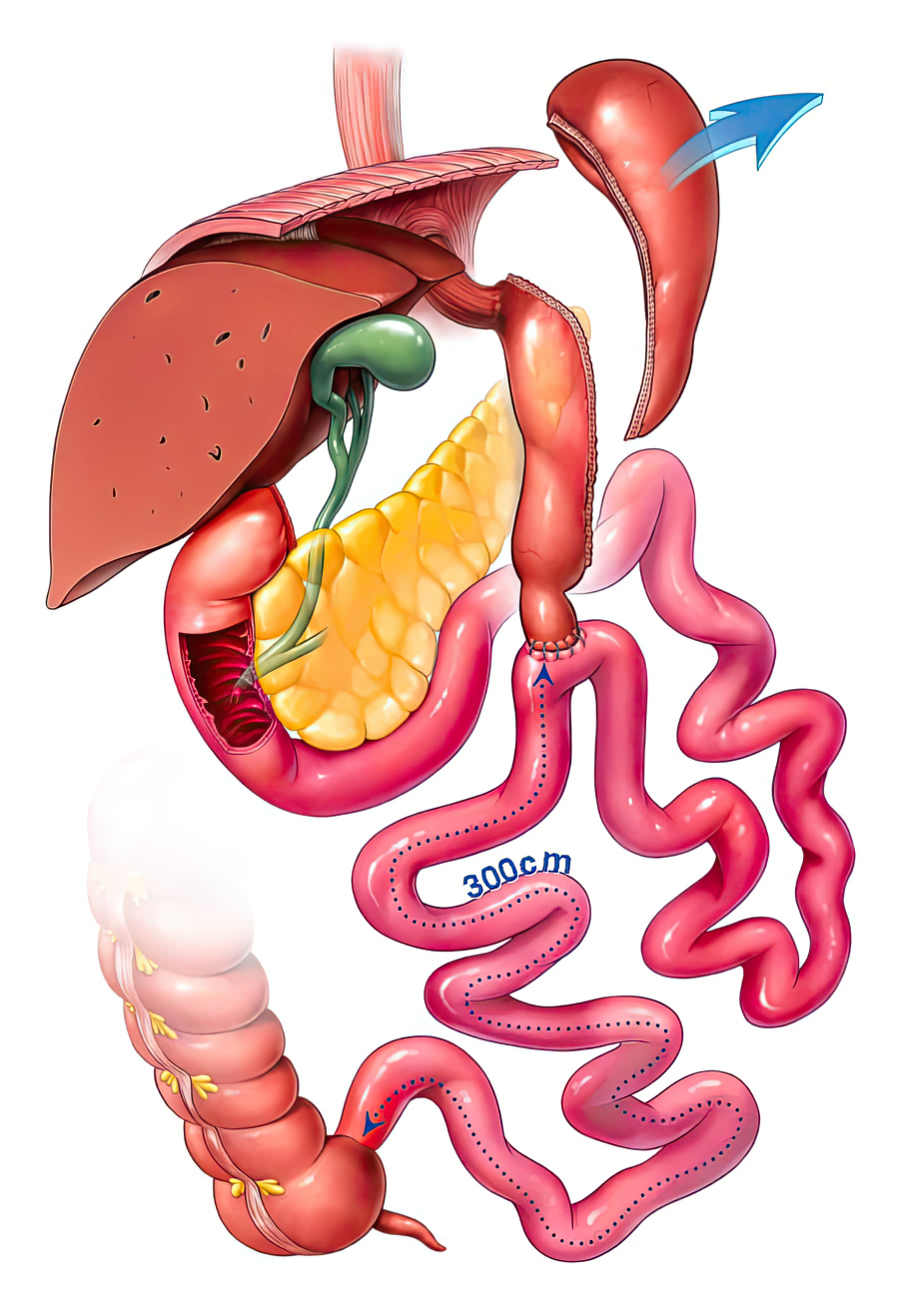ASMBS (2021). Clinical guidelines for metabolic and bariatric surgery. American Society for Metabolic and Bariatric Surgery. Retrieved from: https://www.asmbs.org/guidelines
WHO. (2021). Obesity and overweight. World Health Organization. Retrieved from: https://www.who.int/es/news-room/fact-sheets/detail/obesity-and-overweight
Rebibo, L., Gerin, O., Verhaeghe, P., & Dhahri, A. (2019). Single-anastomosis duodeno-ileal bypass with sleeve gastrectomy (SADI-S) for the treatment of morbid obesity: 5-year outcomes. Obesity Surgery, 29(8), 2389-2396. https://doi.org/10.1007/s11695-019-03850-2.
Sánchez-Pernaute, A., Rubio, M. Á., Conde, M., Arrue, E., & Torres, A. (2010). Duodenoileal bypass technique with vertical gastrectomy for the treatment of morbid obesity and type 2 diabetes. Spanish Surgery, 88(6), 379-386. https://doi.org/10.1016/j.ciresp.2010.07.009.
Sánchez-Pernaute, A., Herrera, M. A. R., Pérez-Aguirre, M. E., Talavera, P., & Cabrerizo, L. (2017). Single-anastomosis duodenoileal bypass with sleeve gastrectomy: metabolic improvement and weight loss in first 100 patients. Surgical Endoscopy, 31(9), 3521-3527. https://doi.org/10.1007/s00464-017-5399-9.








